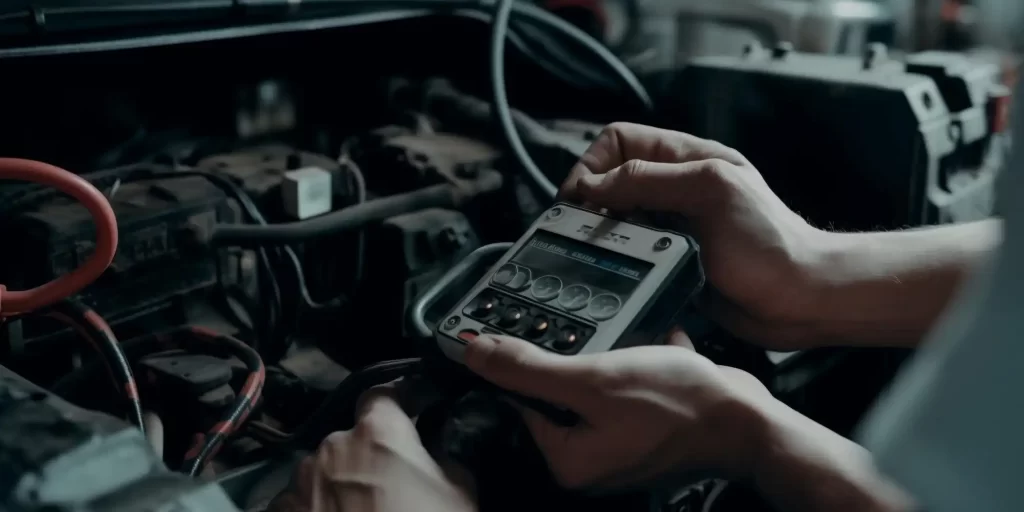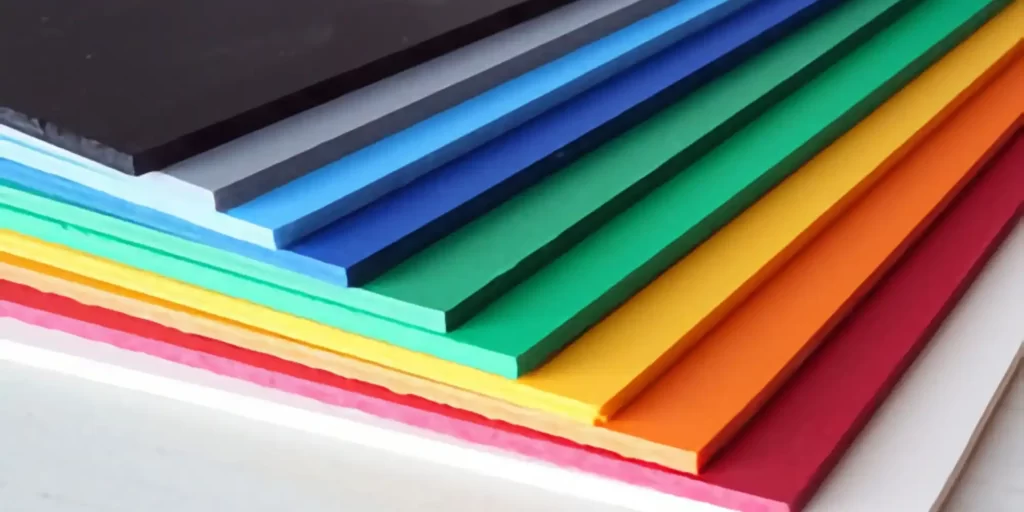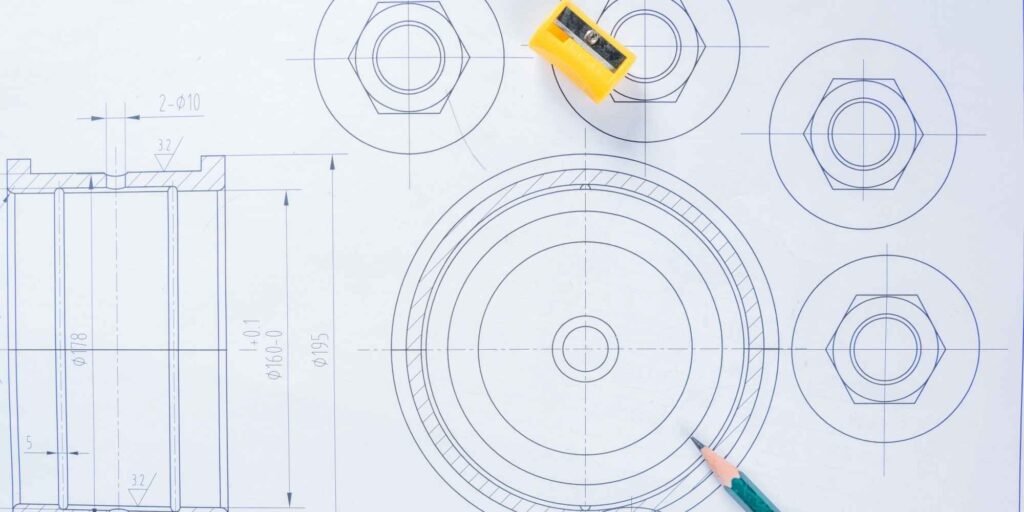The automotive industry is rapidly evolving, with electronics becoming a cornerstone of vehicle functionality and user experience. From navigation systems to advanced driver-assistance systems (ADAS), the integration of electronic components has never been more prevalent. Ethylene-Vinyl Acetate (EVA) foam is a material that has risen to prominence within this sector, providing solutions to several engineering challenges. This article will delve into the use of EVA foam in automotive electronics, its benefits, and answer frequently asked questions about its application.
Benefits of EVA Foam in Automotive Electronics
EVA foam’s adoption in automotive electronics is due to its exceptional properties:
1. Vibration Dampening:
EVA foam reduces the vibrations that can affect the performance and longevity of electronic components in vehicles.
2. Thermal Insulation:
It provides excellent thermal insulation, protecting electronics from the extreme temperatures that can occur within automotive environments.
3. Impact Resistance:
The material’s shock-absorbing qualities protect sensitive automotive electronics from the rigors of the road.
4. Lightweight:
EVA foam adds minimal weight to vehicles, which is essential for maintaining fuel efficiency and handling.
5. Customizable:
It can be molded into complex shapes and sizes, allowing for seamless integration into the unique contours of automotive design.
Applications of EVA Foam in Automotive Electronics
Dashboard Components:
EVA foam is used in the construction of dashboards, providing a supportive and protective housing for embedded electronic systems.
Wire Harnesses:
Foam sleeves made from EVA protect wiring harnesses from abrasion and environmental factors, ensuring reliable signal transmission.
Sensor Protection:
Sensors for ADAS and other technologies are cushioned by EVA foam, safeguarding them against damage from impacts and vibrations.
Sound Dampening:
EVA foam is used in sound systems and as insulation material to reduce noise, enhancing the audio clarity and overall acoustic experience within the vehicle.
Seat Electronics:
For electronic components integrated into seats, such as adjustment mechanisms and heating elements, EVA foam offers comfort and protection.
Enhancing Vehicle Performance and Comfort
The use of EVA foam in automotive electronics not only protects components but also contributes to the overall performance and comfort of the vehicle. By ensuring the reliability and durability of electronic systems, EVA foam plays a pivotal role in the automotive experience.
FAQs About EVA Foam in Automotive Electronics
Q: How does EVA foam contribute to the safety of automotive electronics?
A: By providing impact resistance and vibration dampening, EVA foam helps maintain the integrity and functionality of automotive electronics, contributing to vehicle safety.
Q: Can EVA foam withstand the high temperatures found in automotive environments?
A: Yes, EVA foam has excellent thermal insulation properties, making it suitable for use in the high-temperature environments typical of automotive applications.
Q: Is EVA foam used in electric vehicles (EVs) as well as traditional vehicles?
A: EVA foam is utilized in both EVs and traditional vehicles due to its versatile properties that benefit all types of automotive electronics.
Q: Does the use of EVA foam affect the recyclability of automotive components?
A: EVA foam is recyclable, and its use in automotive electronics supports the industry’s move towards more sustainable manufacturing practices.
Q: Are there any specific maintenance requirements for EVA foam in automotive applications?
A: EVA foam is low-maintenance and designed to withstand the life cycle of the vehicle without significant degradation, requiring no special maintenance.
In conclusion, EVA foam is a key material in the advancement of automotive electronics, offering a combination of protection, durability, and performance enhancement. Its ability to be customized for various applications makes it an ideal choice for the automotive industry, which is continually seeking innovative solutions to protect and improve electronic systems. As vehicles become more reliant on electronics for both functionality and comfort, the role of EVA foam is set to become even more integral in driving innovation and ensuring the reliability of these critical components.






